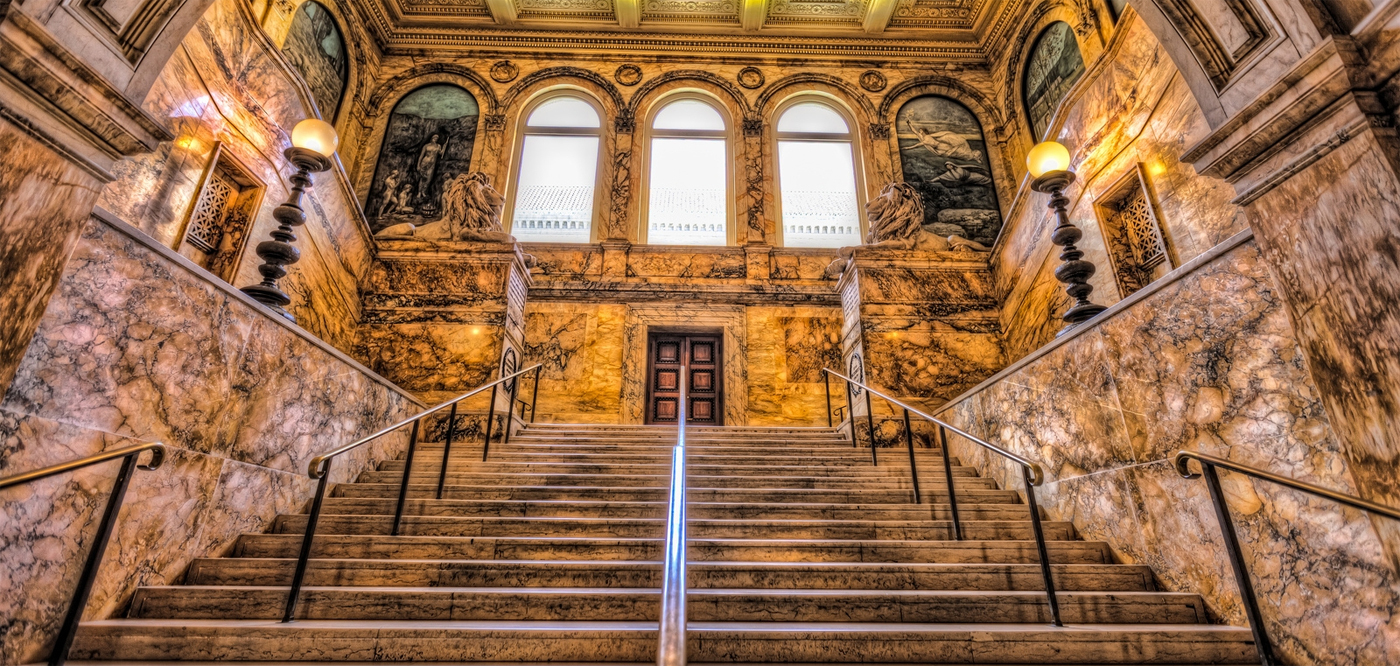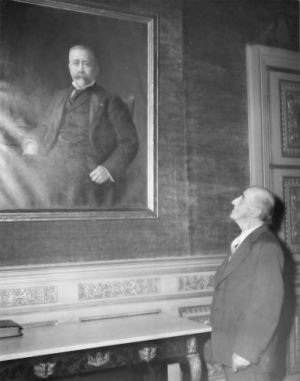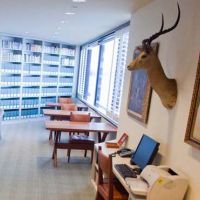Primary Source
FORMER FRUIT PEDDLER, 84, GIVES $1,000,000 TO BOSTON LIBRARY
A mysterious 84-year old millionaire from the North End slums who once peddled penny fruit, today presented the Boston Public Library more than $1,000,000 to start off a $3,000,000 trust fund.
The gift will be known as the John Deferrari Foundation, to perpetuate the name of the poor boy who ran a basket of fruit into millions of dollars, yet lived so secretively he is not known by his neighbors, and has only General Delivery, Boston as his address.
He gave his money to the library partly as a gesture of appreciation for the help he received from its books, but primarily, he said, to inspire young Bostonians to realize, as he did, the American dream of success.
. . . The library was not just an inspiration. It was a positive, constructive help. He regretted, he confessed today, he never had time to read history or great literature. But before he risked his dollars, he would visit the library to study the volumes on law, particularly real estate law, and books on economics and statistics.
New York Times, September 7, 1947.









